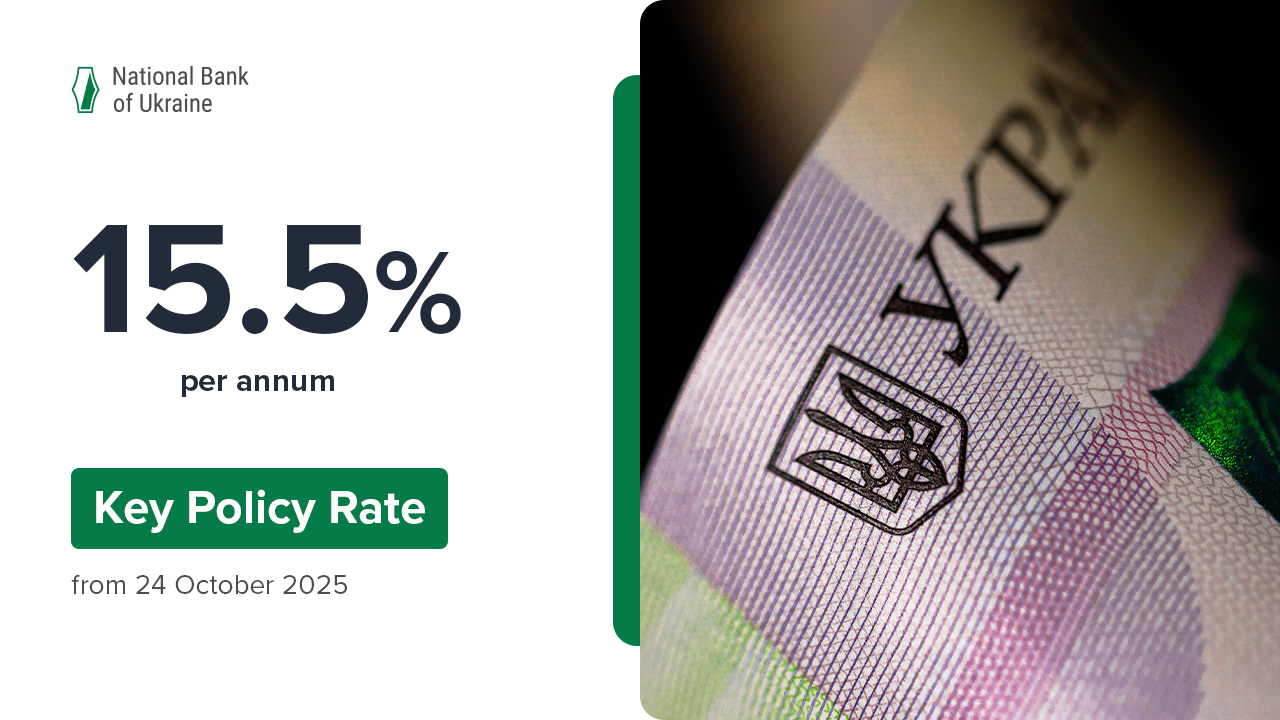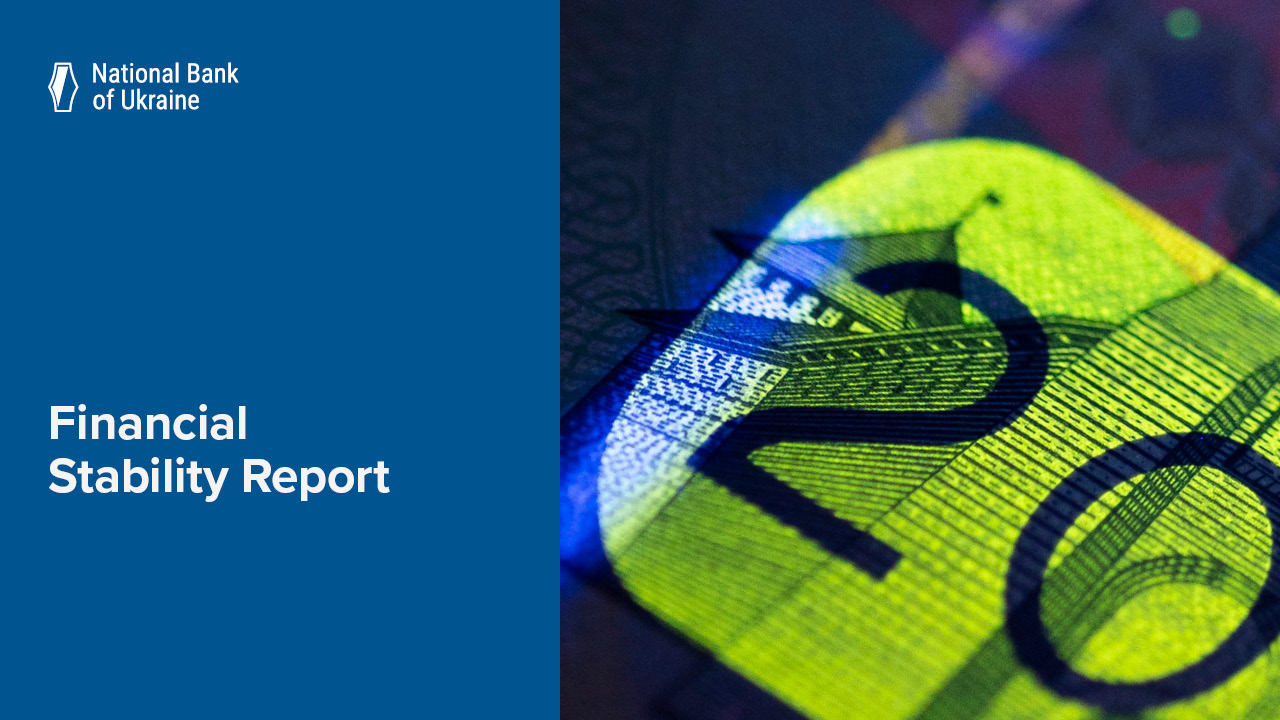“The National Bank of Ukraine in close cooperation with the Government has ensured the execution of its main constitutional function – ensuring the monetary unit stability, with giving the priority to achievement and retention of price stability,” said Mr. Oleksandr Arseniuk, Deputy Director of the NBU General Department of Monetary Policy, when outlining the situation in the money market in January 2013.
According to him, the Ukrainian economy continued to enjoy the low-inflation environment: CPI grew by 0.2% in January 2013, with the annual inflation rate standing at “minus” 0.2%. “The low-inflation environment ensures the protection of private economic interests of each Ukrainian citizen and attainment of strategic economic development objectives”, emphasized Mr. Oleksandr Arseniuk. He noted that the stable monetary unit had contributed to maintaining positive money market trends.
Above all, Mr. Oleksandr Arseniuk drew attention to an upward trend in the individual deposit growth: “Individual deposits continued to show robust growth for the third month in a row, having grown by 2.4% in January. It is worthy of note that individual deposits in the national currency grew twice as fast as those in the foreign currency”. According to him, it is an indication of strong public confidence in the monetary unit of Ukraine.
Given that individual deposits are the main source of funding for the economic development process, their growth coupled with an upward trend in the corporate deposits contributed to the expansion of the banks' resource base and increased their liquidity. The average daily balance of banks' correspondent accounts climbed to UAH 27 billion versus UAH 23 billion in December and UAH 20 billion in November 2012.
“The increased liquidity has put downward pressure on the cost of resources available in the economy. In particular, the average weighted interest rate on loans in the national currency went down from 23% per annum in November 2012 to 16.5% in January 2013,” summed up Mr. Oleksandr Arseniuk.
According to him, the above mentioned creates prerequisites for banks to ramp up lending. At first blush, lending grew at a slow pace (0.4%) in January, but it should be taken into account that business activity usually slows down in January. In particular, the growth rate of loans was negative in January 2012.
In January 2013, the situation on the foreign exchange market remained stable and predictable. According to Mr. Oleksandr Arseniuk, the net average daily demand for foreign exchange recorded on the interbank market was 2.6 times lower than the corresponding indicator in December 2012 and almost 7 times lower than that in January 2012. It helped to maintain the predictability of the movement in the hryvnia exchange rate and enabled the National Bank of Ukraine to gradually replenish its international reserves.
Mr. Oleksandr Arseniuk affirmed that the National Bank of Ukraine would make further efforts to ensure equilibrium in the money market and stability of the monetary unit of Ukraine.







